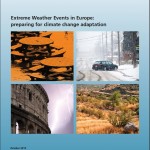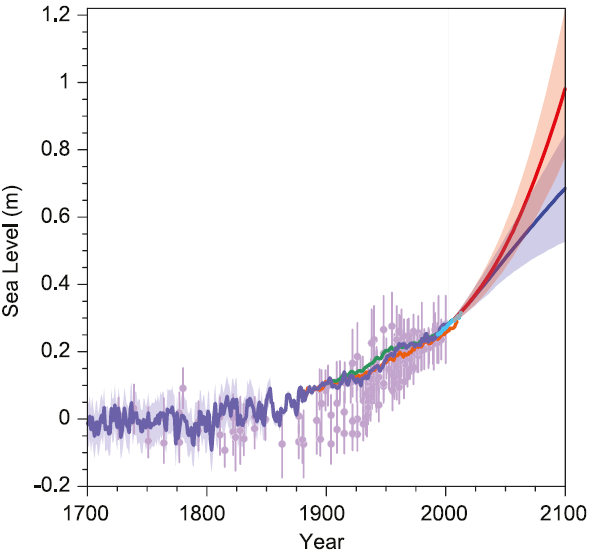I’m writing this post to see if our audience can help out with a challenge: Can we collectively produce some coherent, properly referenced, open-source, scalable graphics of global temperature history that will be accessible and clear enough that we can effectively out-compete the myriad inaccurate and misleading pictures that continually do the rounds on social media?
[Read more…] about Can we make better graphs of global temperature history?



